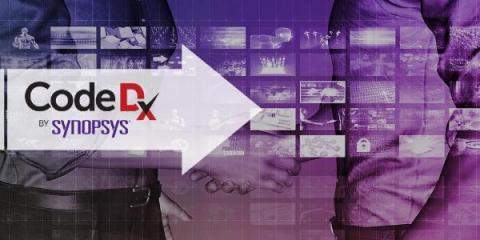CyRC Vulnerability Advisory: SQL injection, path traversal leading to arbitrary file deletion and XSS in Nagios XI
CVE-2021-33177, CVE-2021-33178, and CVE-2021-33179 are SQL injection, path traversal, and XSS vulnerabilities in the popular application, service, and network monitoring software Nagios XI.




